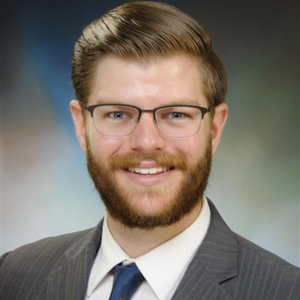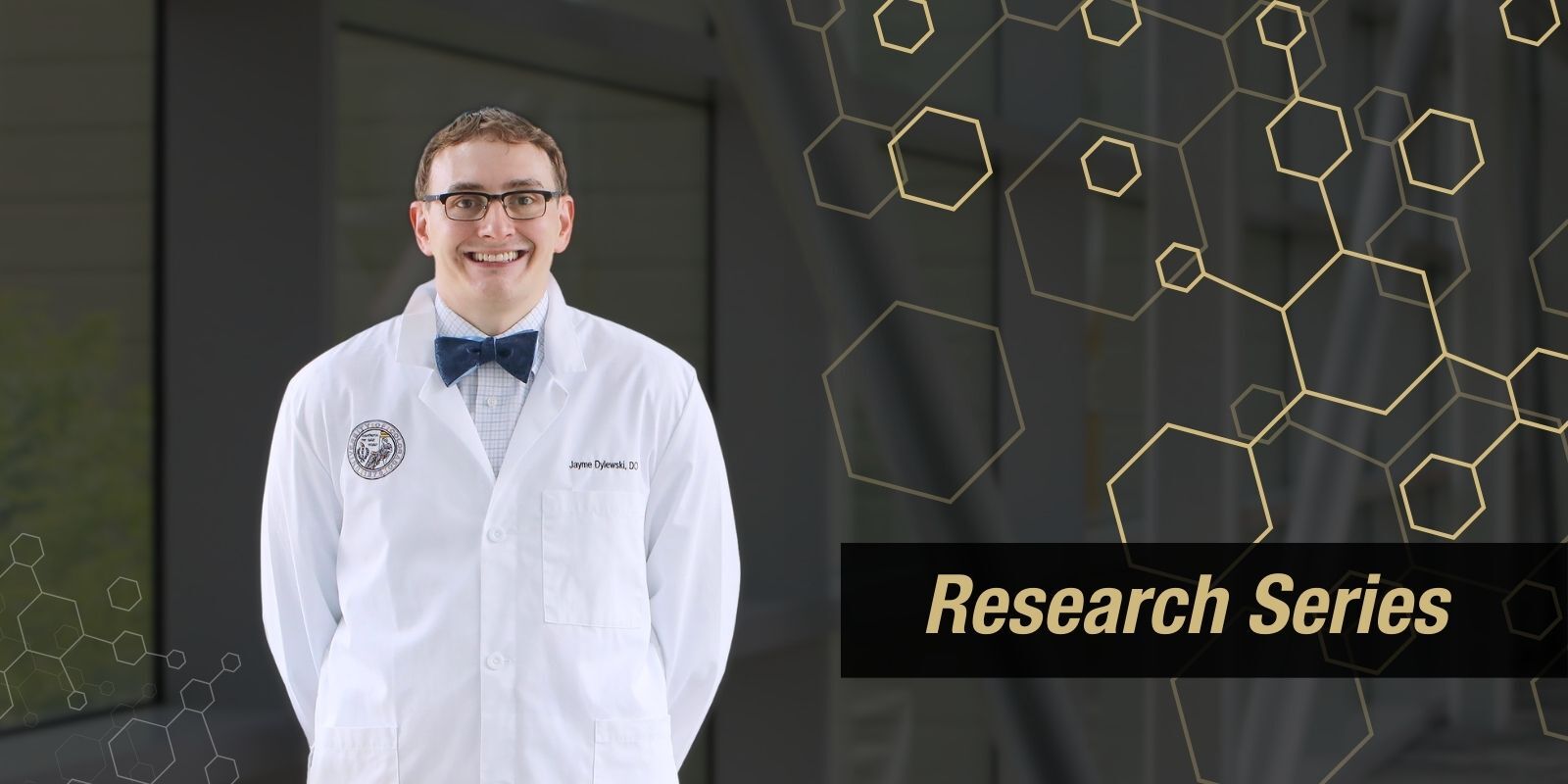During a normal visit to the UCHealth Seniors Clinic, patients are weighed and then guided down the hall to have their blood pressure checked, but it’s the 20 feet between those two stations that can paint a most important picture of a person’s health.
The hallway is equipped with two lasers that measure gait speed -- the medical terminology for how fast a person walks -- over the course of six meters. Thomas Johnson, MD, assistant professor of medicine at the University of Colorado School of Medicine, describes the tool like the NFL Combine where football recruits are tested for physical fitness before the league’s draft, but far less intense.
Patients get a one meter warm up and cool down and are instructed to walk as they normally would down the hall.
“At the end it spits out their speed,” Johnson says.
Research is increasingly pointing to gait speed as a significant indicator of health for seniors, so the clinic has implemented physical therapy as a part of its mission. Patients with low gait speed may be referred to a physical therapist in the clinic where they can work on improving mobility, which can have major effects on overall health.
“Even a small improvement of gait speed by .1 meters per second provides 18% absolute risk improvement in mortality at eight years,” says Johnson, who works in the Division of Geriatric Medicine. “That’s a better result than most medications we can prescribe. We can either spend millions of dollars on pills and treatments or help people exercise better, and it helps save money for health care costs overall.”
The functional vital sign
There are several indicators of health, like temperature and heart rate, but most don’t offer a complete understanding of physical health.
“Gait speed tells us how somebody’s doing in how they physically function in the world around them, so it can also tell us a lot about their general health status,” Johnson says.
Many health factors that can influence gait speed — ranging from acute illness like the flu or common cold to chronic pulmonary disease, neurological conditions, mental illness, or musculoskeletal health — also play a bigger role in overall health.
“We can look at this as a kind of spiral in geriatric medicine. If a patient’s pain isn’t managed well or their health condition contributes to them pausing their walking or exercise plan, it’s even harder to get that physical functioning back. It can in turn cause other conditions to become uncontrolled, such as high blood pressure and diabetes.”
Low gait speed indicates higher rates of mortality, increased fall risks, and functional dependence. About a quarter of patients that come to the seniors clinic fall into that category, which is a speed of .2 to .6 meters per second.
The “green zone” of gait speed is above 1 meter per second, but Johnson stresses that every patient is unique and what’s considered below average for one patient, may be fine for another.
“We may see a patient who is 90 or 100 years old and so it’s not vital that they are walking in that green zone, but we can work to help them make the most out of the mobility they have,” he says.
Improving mobility with PT
The clinic started tracking patients’ gait speed last year and adopted physical therapy into its work to support patients’ needs and increase access to PT services. The clinic’s goal is to decrease the number of patients in the “low” speed category by 6% this year and increase referrals to PT from 12% to 18%.
If referred to PT, the patient works with a specialized physical therapist who can helps establish a personalized plan.
“It’s been rewarding to be in the clinic and see a patient working with a physical therapist and hear them talk about their improvement,” Johnson says. “What’s most important is that we’re improving their quality of life.”
The integration of monitoring gait speed and physical therapy services has also contributed to more conversations about mobility and healthy aging.
“Our whole team now spends more time talking about physical health and exercise with our patients,” Johnson says. “Sometimes there’s some internalized ageism and patients say, ‘Oh, it’s because I’m older now, I can’t ride a bike or go on that hike anymore. I’m too old for those activities.’ We have the opportunity to help determine what activities make sense for a patient’s health and set some goals. A lot of the time we’re able to help them get back into the activities they love.”




